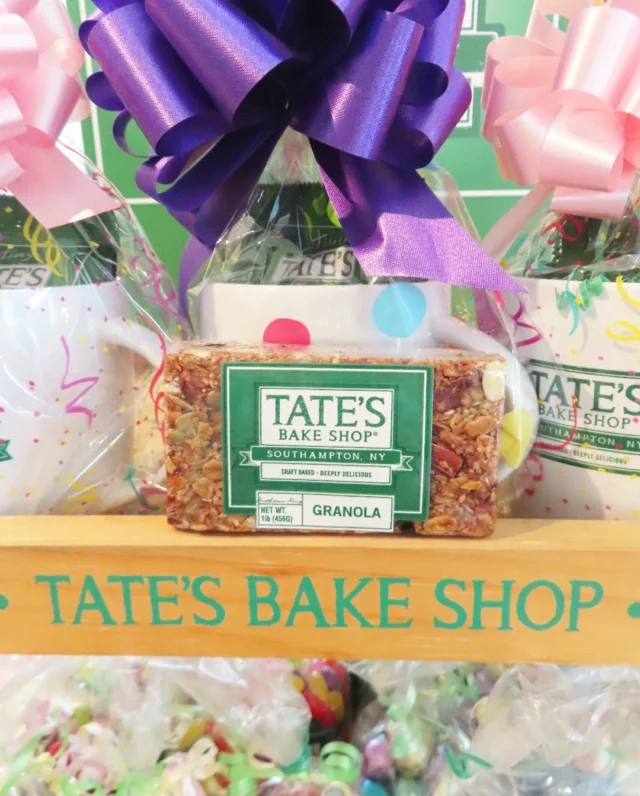One of the great delights of spring and summer on the East End is the birds that inhabit our yards, gardens and open spaces. Some of them delight us with their trilling, warbling or calling songs, while others bring their beautiful colors. Spring would not be complete without the return of the songbirds that migrate south for winter and spend the warm months with us. Finches and song sparrows, cardinals and robins and blue jays and mourning doves are among the voices you can hear if you take time to listen. If you live near the water, you have probably noticed that the ospreys have returned from their winter habitats to inhabit their local nesting platforms again. If you stop to notice them, birds can fascinate you with their complex society and their many different behaviors. Birds can remind us that we’re part of the natural world around us.
Watching birds gathering around a backyard feeder, skittering along the tide line down at the beach, sailing over a woodland path or soaring across the open sky can become an absorbing activity, even if you’ve only got a few minutes between the car and the house to stop and notice.
If you make your property hospitable for birds, you will get to watch them go about their lives. If you observe carefully (a fun — and relaxing — thing to do when sitting on your deck or patio, or in the backyard) you will see them gather materials to build their nests, hatch eggs and show their fledgling babies where to find food. You will see those babies begging for the parents to keep feeding them. You may see fights between two males over territory. You may see a male bringing a favorite seed to his mate. Above all, you’ll hear their lilting songs, angry squawks, alarm calls, and see them take a dip in the birdbath or a mud puddle. In so many ways, birds bring the landscape to life.
Here are some things you can do to make your landscape more welcoming to birds.
What Birds Need
Whether they live in your backyard, or the woods, or meadows or at the beach, all birds need the same things: sources of food for adults and young ones, water to drink and to bathe in, cover where they can shelter in bad weather and hide from predators (which include outdoor cats).
Food – Different birds eat different kinds of food. Some eat insects or grubs and caterpillars (these birds can be helpful in the garden, consuming pests that attack your lettuce or beans or broccoli). Many birds like seeds, and others, such as orioles, want fruit.
Water – Is another essential. Birds drink it, of course, and they bathe in it. A birdbath is a big draw for birds, but they’ll also use puddles, ponds, streams and pools (not swimming pools with chlorinated water). Birds that are here in winter, such as chickadees and juncos, can get water from snow and melting ice.
Food Plants – Berries are important food sources for lots of birds. My backyard has wild huckleberries – a big favorite. We didn’t plant them, but we left them in place. Other good bird plants include cherry and crabapple trees, raspberries and blackberries, junipers, sumac and wild grapes.
Seeds – Grasses, wildflowers including goldenrod and thistles, and garden flowers like beebalm, purple coneflowers and black-eyed Susans, if you don’t deadhead them, will produce seeds that birds will love. Fuchsias offer nectar that’s attractive to hummingbirds. If you put up a hummingbird feeder and supply it with a sugar solution you make yourself or buy, you will likely be rewarded with these tiny, fleeting visitors. Just be sure to change the solution weekly to keep it fresh.
Cover – Bushy shrubs 3 or 4 feet tall or higher can provide good cover for birds. Evergreens are effective all year around. Junipers, laurels, pines and spruces can all harbor birds. It’s best to leave some shrubs in your landscape unpruned – let them be bushy and dense. Many native plants are good bird hosts. Junipers, for example. Birds find cover in the branches and eat the berries in fall and winter. Vines can also provide cover. Ivies and Virginia creeper on a wall provide hiding places for small birds like sparrows in spring through fall, as does wisteria, or trumpet vine.
But whether or not you plan your landscape or put up feeders to attract birds, take a few minutes now and then to watch them and be delighted.








![Join us May 6th at The Harmonie Club for the Spring Salon Luncheon, a beautiful gathering in support of a truly meaningful cause. Together, we’ll raise critical funds and awareness for @campgoodgriefeeh—@eastendhospice’s summer bereavement camp helping children and teens navigate loss with compassion, connection, and healing. [link in bio]](https://hamptonsrealestateshowcase.com/wp-content/uploads/sb-instagram-feed-images/491527001_18506092897030135_3117653411609489602_nfull.webp)
![Welcome to this exquisite custom-built home in the prestigious Quogue South estate section, just moments from Dune Road and some of the world’s most breathtaking ocean beaches. Completed in 2024, this expansive shingle-style residence offers 6 beds, 7 full and 2 half baths, a separate legal guest cottage, heated gunite saltwater pool with spa, all set on a beautifully manicured 0.74± acre lot. Represented by @lauren.b.ehlers of @brownharrisstevens. [link in bio]](https://hamptonsrealestateshowcase.com/wp-content/uploads/sb-instagram-feed-images/491516869_18505931593030135_4655757731678000577_nfull.webp)
![Discover 11 Oyster Shores, a unique marriage of thoughtful design, uncompromised execution and meticulous craftsmanship expressed across nearly 6,000± sq. ft. of highly curated living space. Brought to life under the watchful eye of Blake Watkins, the visionary behind WDD, the project is a refreshing departure from the ordinary. Represented by @nobleblack1 of @douglaselliman. [link in bio]](https://hamptonsrealestateshowcase.com/wp-content/uploads/sb-instagram-feed-images/491440257_18505740808030135_9064730571228880657_nfull.webp)
![Reserve your ad space now in the Memorial Day “Summer Kick-Off” Issue of #HRES! 🍋 Be seen by high-end buyers and sellers across the Hamptons, Manhattan, and South Florida—just in time for the start of the season. Secure your spot today and make waves this summer 🌊☀️ [link in bio]](https://hamptonsrealestateshowcase.com/wp-content/uploads/sb-instagram-feed-images/491441694_18505573426030135_4475989184561040528_nfull.webp)

![Tuesday, April 15, was Tax Day for most, but for someone in Palm Beach, it was closing day! The nearly 8,00± sq. ft. Mediterranean-style residence at 240 N Ocean Boulevard, with direct ocean views and a private, 100-foot beach parcel, closed at exactly $26,670,750. The seller was represented by Jack Rooney of @douglaselliman and Elizabeth DeWoody of @compass while Dana Koch of @thecorcorangroup brought the buyer. [link in bio]](https://hamptonsrealestateshowcase.com/wp-content/uploads/sb-instagram-feed-images/491445351_18505056166030135_4907944420436119099_nfull.webp)
![Previously featured on our 2024 Columbus Day issue cover, 74 Meeting House Road has officially sold! This stunning new construction in Westhampton Beach offers the perfect blend of thoughtful design and timeless style. Congratulations to @kimberlycammarata of @douglaselliman who held the listing! [link in bio]](https://hamptonsrealestateshowcase.com/wp-content/uploads/sb-instagram-feed-images/491441951_18504901357030135_2664904795600183799_nfull.webp)
![Located South of the highway in Southampton this 4 bedroom, 5.5 bath multi-story property, offers extensive exterior architectural detail throughout. 60 Middle Pond Road offers breathtaking views and tranquil living, nestled along the serene shores of Middle Pond and Shinnecock bay. Represented by @terrythompsonrealtor @douglaselliman. [link in bio]](https://hamptonsrealestateshowcase.com/wp-content/uploads/sb-instagram-feed-images/491451873_18504686110030135_5284427082339135969_nfull.webp)
